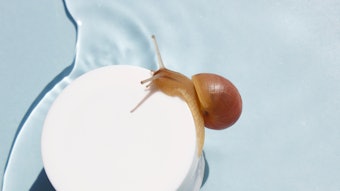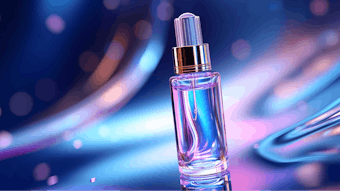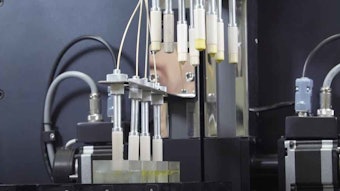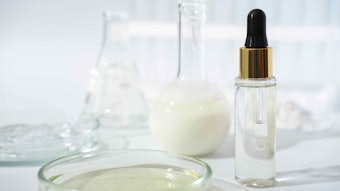Acne afflicts many people around the world. Its severity differs from case to case, and while it is often associated with the teenage years, as is generally known, it can rear its ugly head at any age. A number of breakthrough drugs and topical treatments have been developed to treat acne, including over-the-counter benzoyl peroxide, salicylic acid and tea tree oil, as well as dermatologist-prescribed forms of tretinoin and tetracycline. Although these treatments can keep acne at bay, they are often accompanied by side effects and offer no long-term cure.
However, a new treatment offers hope. Chun-Ming (Eric) Huang, PhD, and his team at the University of California, San Diego, have developed what they believe to be a vaccine for acne. Their cure is based on a protein found in Propionibacterium acnes, the key acne-causing bacteria, and the team recently partnered with Sanofi Pasteur to bring the vaccine to the market.
Proteins in P. acnes
Huang’s lab, which works on a number of vaccines for diseases such as influenza, sought to develop a vaccine for acne based on its association with bacteria. “This disease is highly associative with the skin bacteria P. acnes,” noted Huang. He furthered, “[While] other bacteria are found in the human acne condition, they are not associated with its development.”
The group first identified proteins in P. acnes in order to select a vaccine antigen. They selected sialidase, a surface protein of P. acnes that increases the susceptibility of human sebocytes to P. acnes cytotoxicity and adhesion. Mice were immunized with the sialidase to develop antibodies. When P. acnes was injected into the ears of mice, the sialidase antibodies were shown to prevent the formation of P. acnes; however, they also attacked the protective normal skin bacteria.1
The team then shifted its focus to a protein secreted by P. acnes, Christie-Atkins-Munch-Petersen (CAMP). This protein was produced by isolating the gene in P. acnes (CAMP-factor) responsible for inflammation and cytotoxicity in sebaceous cells and putting that gene into young daikon radish plants to produce a protein. When mice were given this protein, they produced antibodies to CAMP.2
Vaccine Development
According to Huang, the antibodies to CAMP work by neutralizing P. acnes rather than killing cells. “The vaccine is neutralizing CAMP-factor, a toxin that induces skin inflammation, [and since] the antibody will not bind to the bacteria particle, the vaccine will not [disrupt the survival of P. acnes] on the skin; rather, it will neutralize toxin-induced inflammation,” he said.
The team is working to develop two versions of the vaccine-a preventive one, injected before the teenage years, and a therapeutic treatment for those already afflicted by acne. Huang added that while the preventive vaccine would be administered through the traditional injection route since it must generate a higher antibody titer, the therapeutic treatment could possibly be applied topically.
Future Development
While the team has amassed a good amount of research on the vaccine, it must still transition the work from mice to humans. The first phase clinical trial will be conducted in collaboration with Sanofi Pasteur. In addition, researchers will look more in depth at the delivery routes for the vaccine.
Huang noted that the team is motivated to bring the vaccine to the market to aid acne sufferers. “I get a lot of personal e-mails from acne patients telling me how much they suffer and how much they spend. We can feel the importance of this vaccine,” he said.
Huang added that the vaccine also will help dermatologists. “Many dermatologists prescribe isotretinoin for severe acne, which has a lot of side effects , and the doctor must then monitor the patient. There is a lot of paperwork, and the drug will not totally cure the acne,” said Huang. Huang is not sure when the preventive vaccine could potentially be ready for administration-that’s where the marketing arm of Sanofi Pasteur comes into play. He does, however, hypothesize that children having a family history of severe acne would be the first priority.
Although this therapeutic approach suggests sialidase or CAMP-factor as an anti-acne drug, perhaps future development could benefit the personal care industry.
References
1. T Nakatsuji, YT Liu, CP Huang, CC Zouboulis, RL Gallo and CM Huang, Vaccination Targeting a Surface Sialidase of P. Acnes: Implication for New Treatment of Acne Vulgaris, PLoS One 3(2) 1551 (Feb 6 2008) www.ncbi.nlm.nih.gov/pubmed/18253498 (Accessed Nov 1, 2011)
2. US Patent Application 20110243960, Methods and compositions for treating P. acnes, assigned to The Regents of The University of California (Oct 6, 2011)









